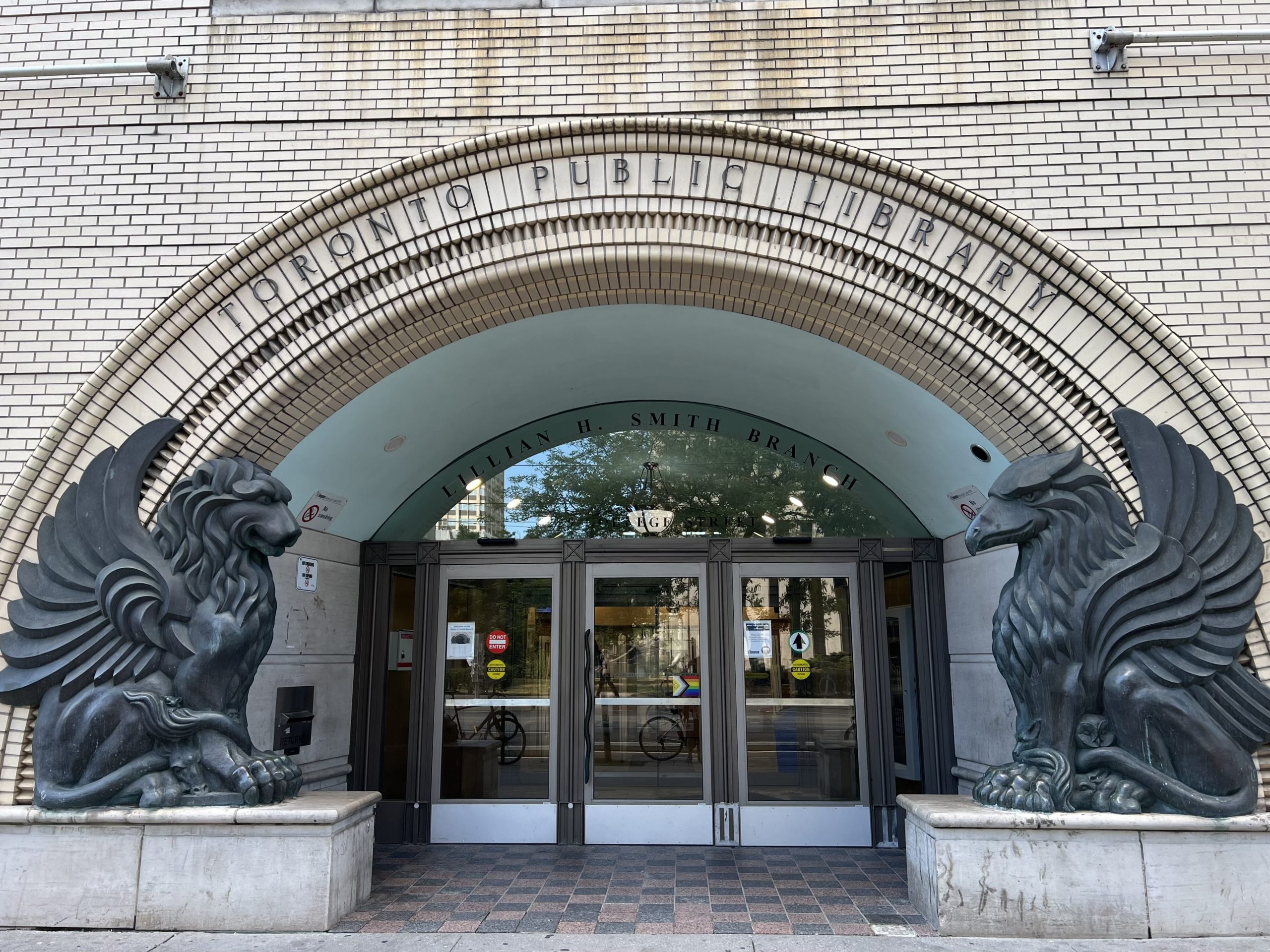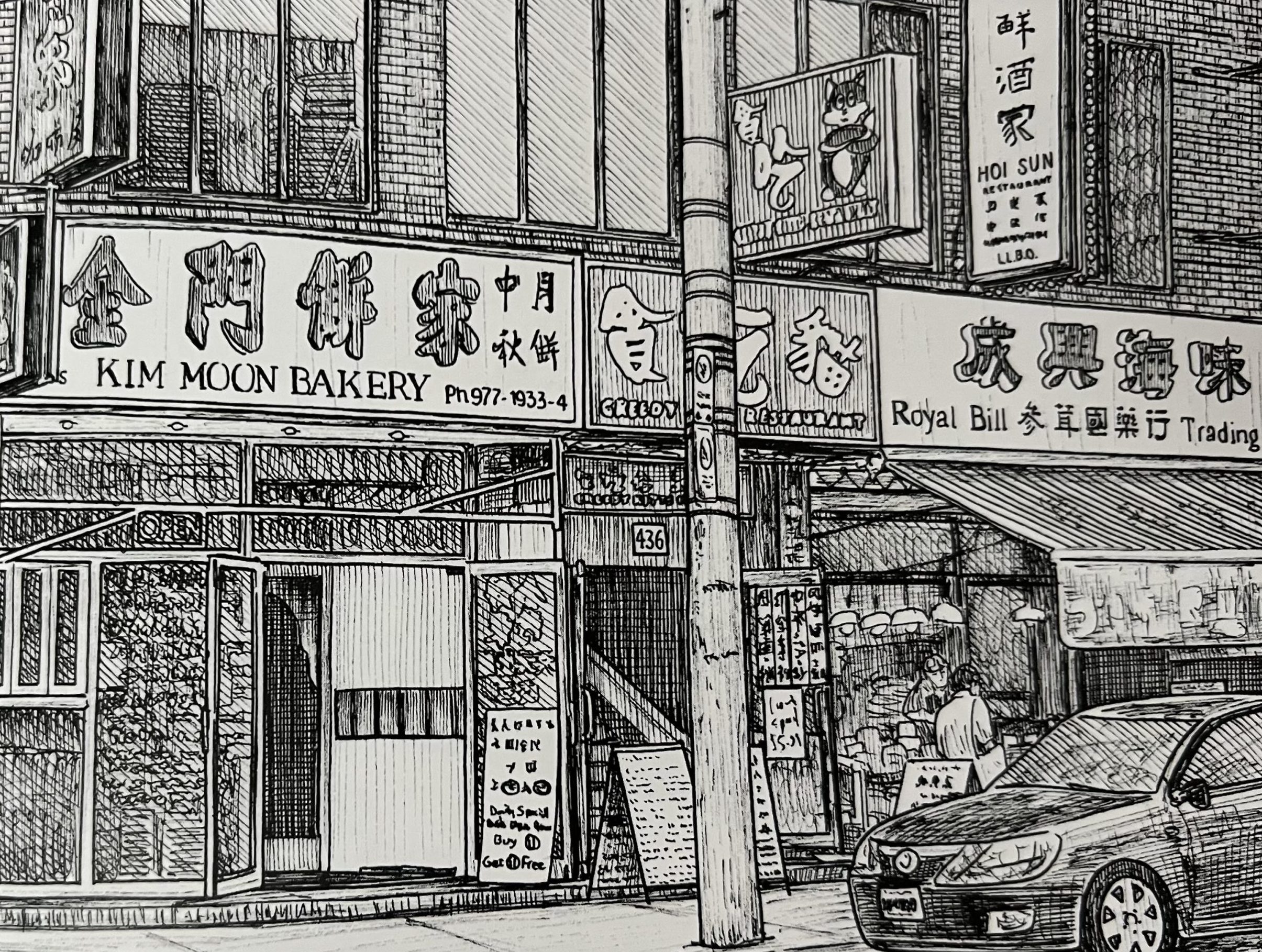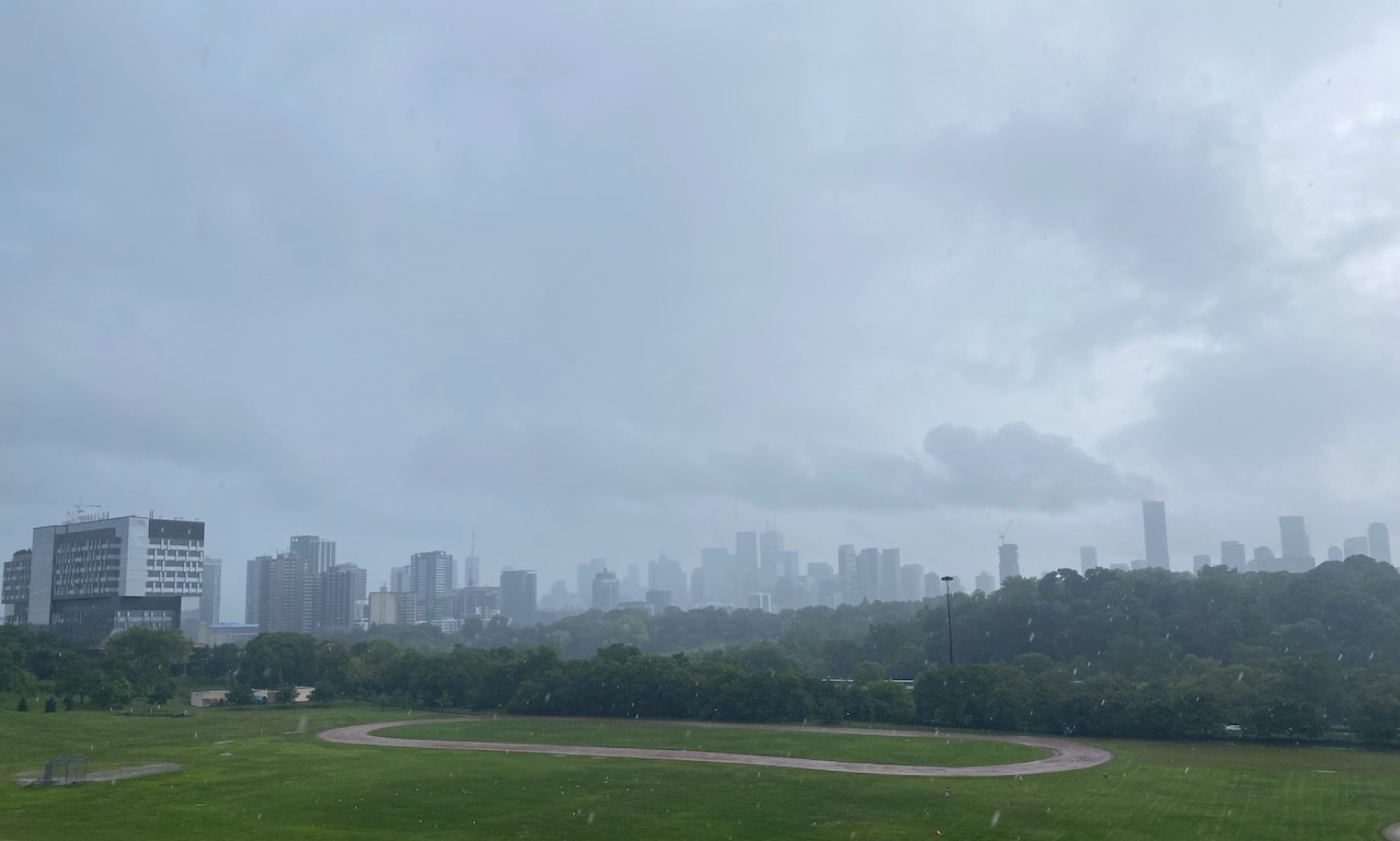The Power of Stories

Stories are powerful and integral to the library and human connection. The super power of human beings is that we are able to cooperate in large numbers through the power of stories (Harari, 2022). How can libraries harness the power of stories as a tool for inclusion, connection, and empathy?
“Libraries have should keep stories, share stories and make stories.”
-Erik Boekesteijn (Stephens, 2019).
A few days ago, I was helping a senior at the library. She was looking for social programs she could attend at the library. Her doctor prescribed it. She has been living with vision loss over the last few years and has not been able to enjoy the things she used to. We found some drop in programs for seniors that she can try in the neighbourhood but I also suggested she give audiobooks a try. Although she would still be alone, a good story does offer comfort and can be great company.
It’s no wonder that the ice-breaker group invites the people in this class to share binge-able media! This allowed us to make connections to each other through the shared experience of the story and helped us find new media to consume. For many people, watching media, reading or listening to stories, is part of their self-care.
Collecting Stories
Artist, author, and library staff Christina Wong has always been passionate about collecting stories. In 2015, she collected and exhibited stories connected to Toronto’s Chinatown and the Boys and Girls House Library (which opened in 1922 then later replaced by a new construction in 1995 renamed the Lillian H. Smith branch) for the 20th anniversary of the library. Unfortunately, the link to the online exhibit is no longer active. Her work, along with her collaborators, have been focused on people and their connection to disappearing places through stories. These projects are vital to recording the history of the city as neighbourhoods grapple with rapid changes and disappearing landmarks.


Another place where “Torontonians can contribute their stories, memories, artifacts,” according to Wong (Jennifer, 2015) is the Museum of Toronto. It began as a workshop in 2015 and now has a physical home at 401 Richmond Street West which is free to visit. The current exhibit is called The 52: Stories of women who shaped Toronto. These powerful stories which can be viewed online or in person, as text, video, or performance.
The Human Story and AI
I was reading an article in the NYTimes about a man about to lose his father to illness, persuaded him to work with a company called StoryFile to help preserve his memory. I found this to be revelatory! There are increasing numbers of companies in the field called GriefTech. From apps that help people deal with loss to avatars that will allow you to talk to your loved one through a screen, like you were talking to them on Zoom (Dominus, 2025). I wondered how this kind of technology will change how we preserve stories at the library. What are the costs of preserving someone in the form of an AI chatbot in perpetuity and what format can it be preserved in? Will archives and special collections collect AI simulations of people such as the Japanese American National Museum’s exhibit allowing people to talk to World War II veteran Lawson Sakai (2021)?
References
Blog TO. (2008, July 12). Kim Moon. https://www.blogto.com/restaurants/kimmoon/
Dominus, S. (2025, June 13). Never say goodbye. The New York Times Magazine. https://www.nytimes.com/interactive/2025/06/13/magazine/ai-avatar-life-death.html
Harari, Y. N. (2022). Unstoppable us: How humans took over the world, Vol. 1. Puffin Canada.
Japanese American National Museum. (2021, November 24). The interactive StoryFile of Lawson Iichiro Sakai-exibition preview [Video]. YouTube. https://www.youtube.com/watch?v=JgfSHGJuw2I
Jennifer. (2015, October 16). Q & A with Lillian H. Smith’s digital storyteller Christina Wong. https://torontopubliclibrary.typepad.com/lillian-h-smith/2015/10/qa-with-lillian-h-smiths-digital-storyteller-christina-wong.html
Museum of Toronto. (2025). The 52: Stories of women who transformed Toronto. https://museumoftoronto.com/projects/the-52/
Stephens, M. (2019). Wholehearted librarianship: Finding hope, inspiration, and balance. ALA Editions.
Wong, C. & Innes, D. (2023). Denison Avenue. ECW Press.

@daisychia Oh wow – the NYT piece looks interesting and thought provoking. And maybe a little like a Black Mirror episode. I will check it out. Thanks for sharing.
Hi Daisy, I love these images of the bakery—it conjures up memories of my walks through Chinatown and my dad coming home from work and carrying a pink box of bao. Today, I saw this IG post that speaks to the power of stories through food: https://www.instagram.com/reel/DMqsS9gBqut/?igsh=NjZiM2M3MzIxNA==
Thank you and I love Toronto!